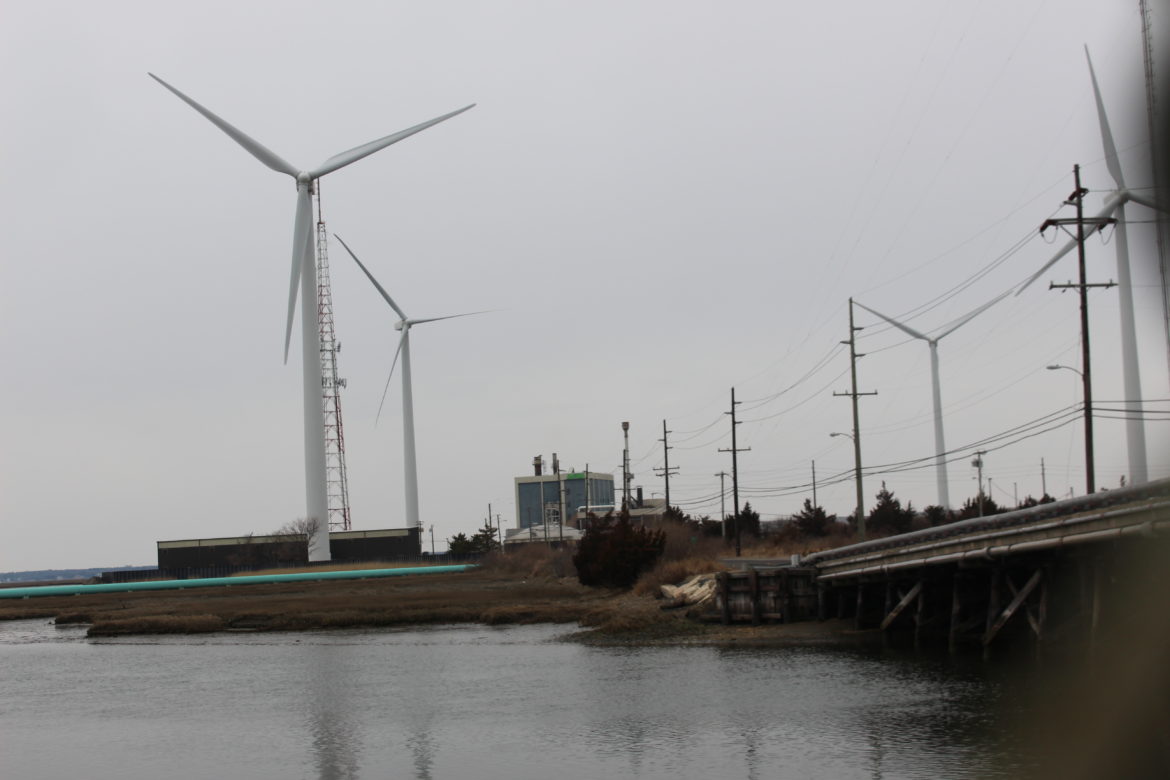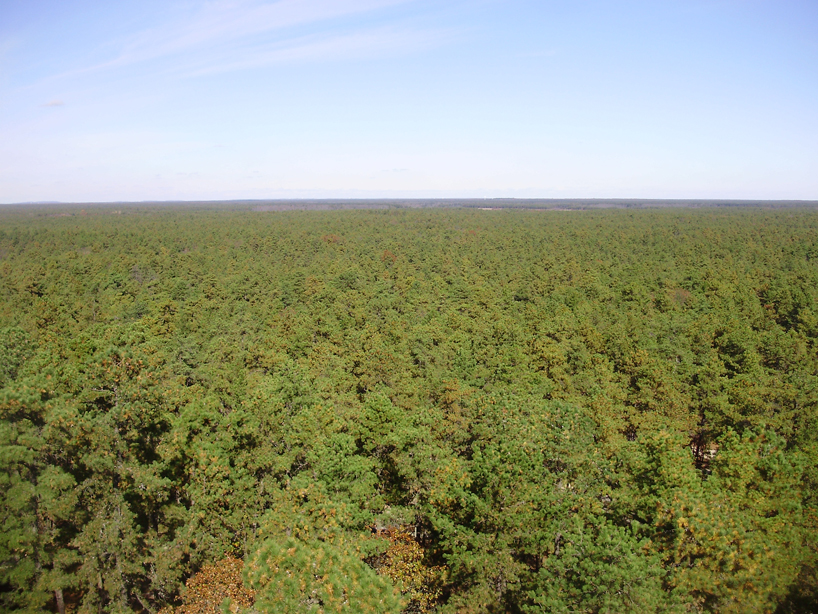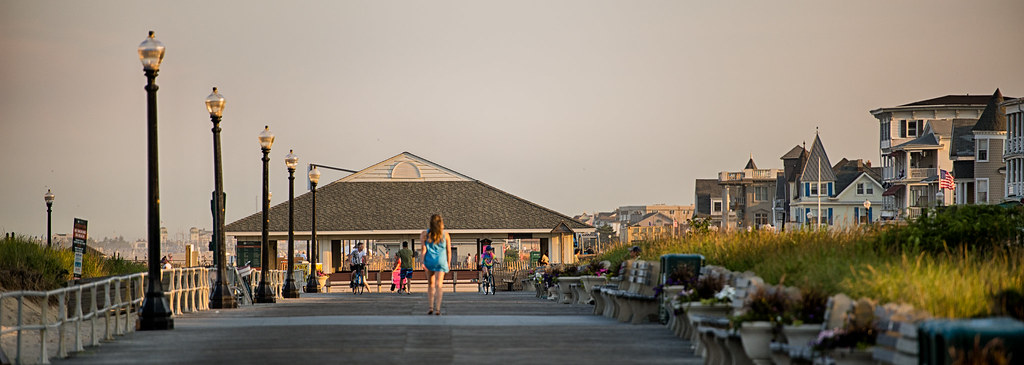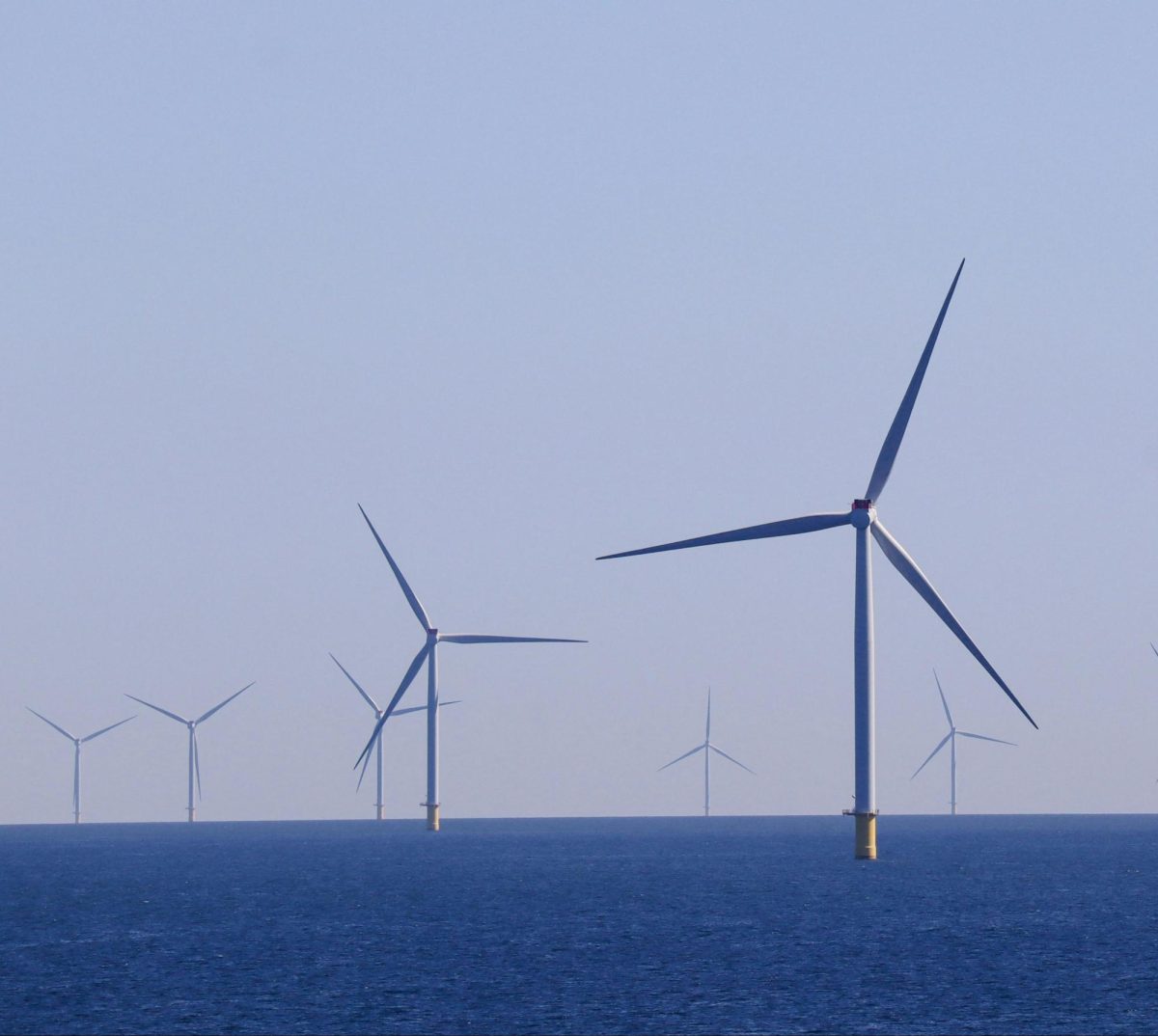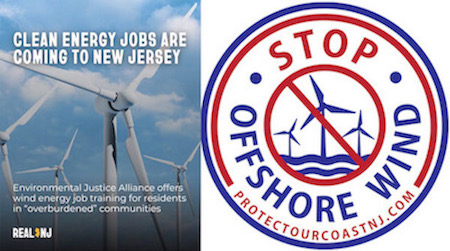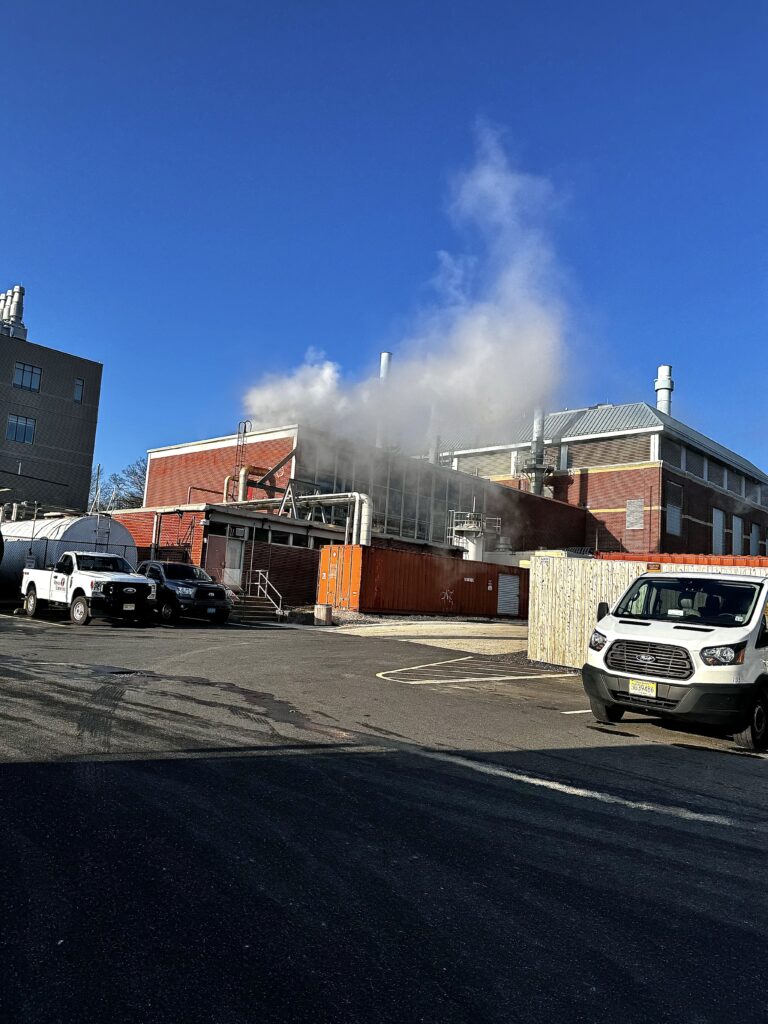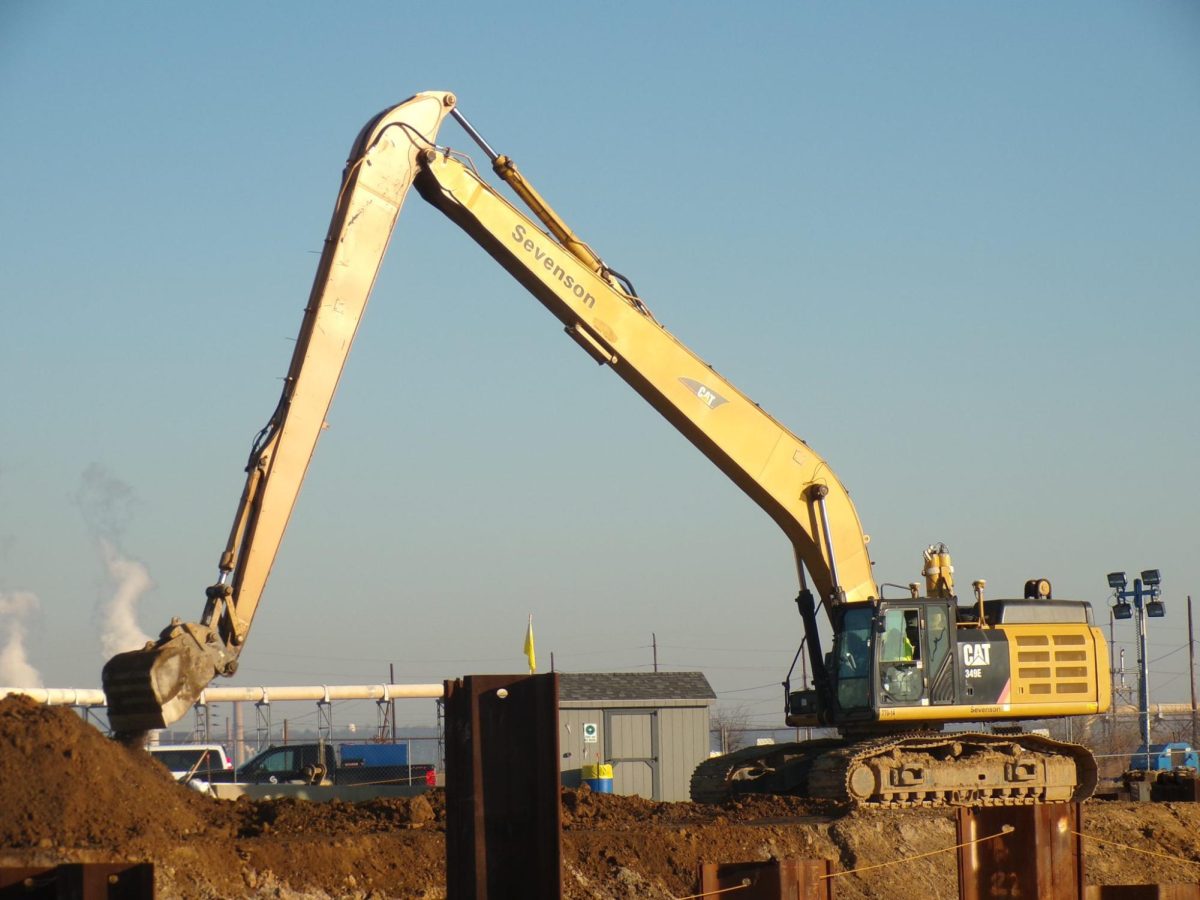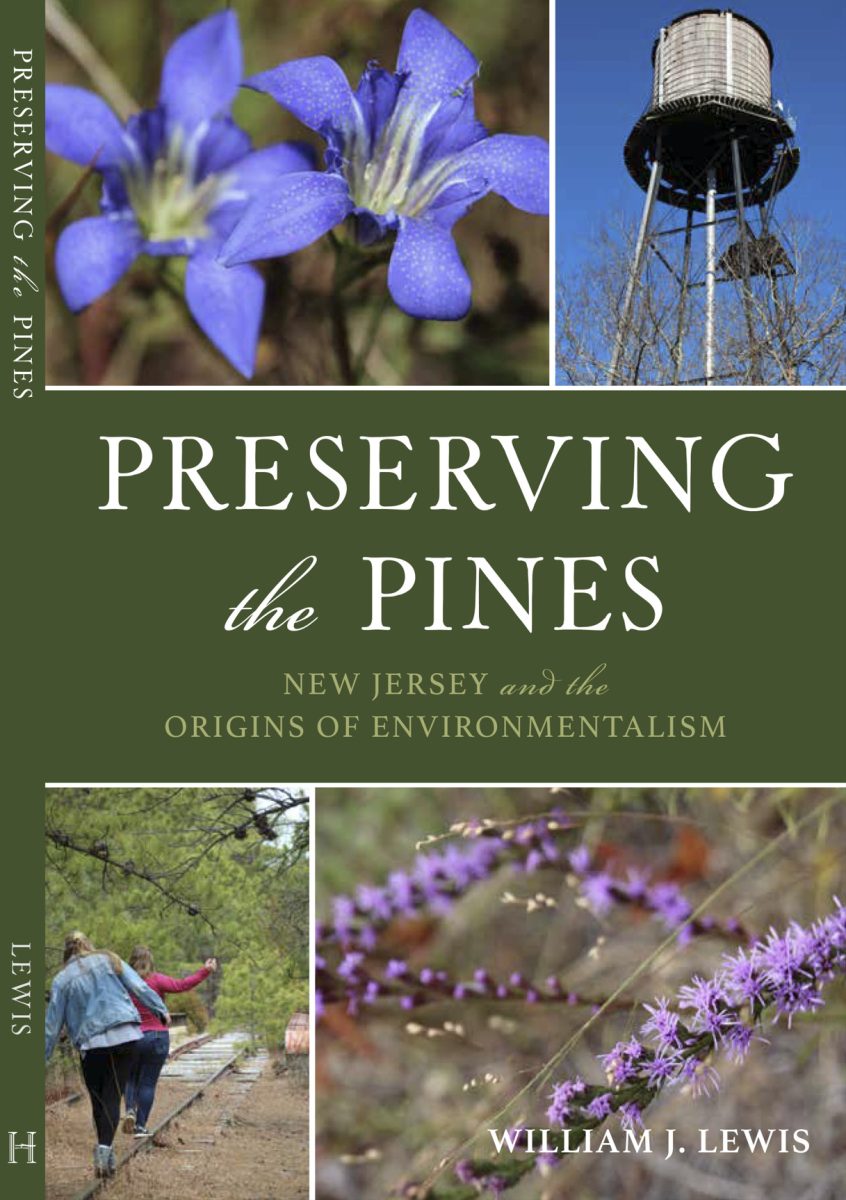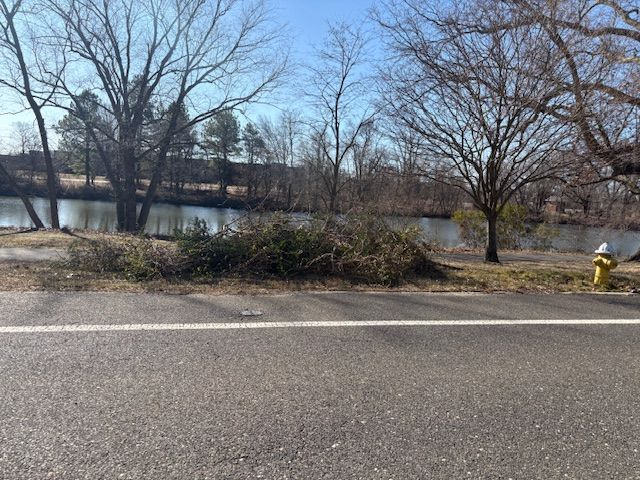By Dylann Cohn-Emery | May 17, 2019
This article also appeared on Route 40
An offshore wind farm planned for Atlantic City’s coast is still waiting for approval. The wind farm would be the city’s second since a pioneering onshore project in 2005 started five turbines spinning to power a county wastewater treatment plant.
Gov. Phil Murphy in January signed an executive order designed to incentivize further the development of offshore wind farms in New Jersey, but companies interested in building an offshore wind farm are waiting to hear who will be allowed to do so. The rules have yet to move on from the desk of the state’s Board of Public Utilities.
One of the companies waiting to hear back is Orsted, a Danish company that develops offshore wind and bioenergy internationally. Orsted set up shop in Atlantic City in 2018, with hopes to build and maintain an offshore wind farm. Their project, Ocean Wind, would be built 15 miles from the coast, if the company gets approval.
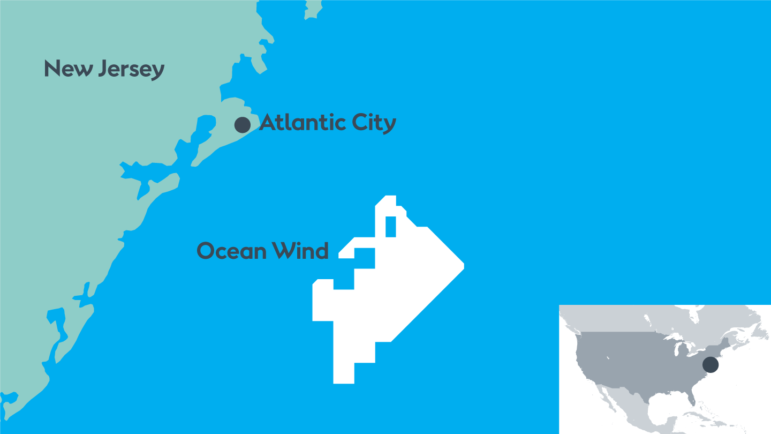
“We know that we have a team that can bring offshore wind to New Jersey in a really predictable and responsible way,” Kris Ohleth, a senior manager of stakeholder engagement at Orsted for over a year, said.
Orsted hasn’t had many obstacles getting Ocean Wind going, according to Ohleth, but they have done “a lot of waiting around.” They had to wait for the process to get finalized on a state level. The Murphy Administration sped things up considerably, being “quite bullish on moving the Board of Public Utilities” along with the offshore wind farm process.
Gov. Phil Murphy signed Executive Order No. 8 in January 2018.
“The purpose of [Executive Order 8] was to encourage the development of a strong and vibrant offshore wind industry in New Jersey and to combat the threat of climate change,” Brandon Burke, a clean energy specialist at the Board of Public Utilities, said in an email interview.
It ordered state agencies in New Jersey, including the Board of Public Utilities, to “take all necessary action” to carry out the Offshore Wind Economic Development Act, which was made to establish offshore renewable wind energy.
The Murphy Administration wants to transition New Jersey to 100% clean energy by 2050 with the offshore wind program.
Companies interested in building an offshore wind farm in Atlantic City are waiting to hear if they will be selected by the Board of Public Utilities. Until then, they can only prepare themselves for the possibility of being picked.
Back in 2015, the Bureau of Ocean Energy Management auctioned off two Wind Energy Areas offshore of New Jersey. RES America Developments Inc. bought the Southern Lease Area for $880,000, then transferred ownership of the lease to Orsted’s Ocean Wind in May 2016.
Although Ocean Wind has the Southern Lease Area, it is not definite they will be the ones to receive the Offshore Wind Renewable Energy Certificates for the large offshore wind farm. The New Jersey Board of Public Utilities closed the certificate application process in December 2018 and a decision for who will build and run the wind farm will come in the next few months.
“For the 1,100 megawatt solicitation, bids were received from three bidders. Each bidder owns a different offshore wind lease area,” Burke said.
For Orsted, receiving the bid means the utilities in the state are mandated to purchase power from Ocean Wind.
If Ocean Wind is selected for this project, they plan to start construction in the early 2020s and will provide almost 600,000 homes in South Jersey with clean energy when finished. Ohleth said it will create at least 1,500 construction jobs for the three years it takes to build the offshore wind farm, and up to 70 permanent jobs after completion. They plan to recruit local people from Atlantic City to do the work.
Energy coming from the project would be paid for in much the same way as residents pay for other public utilities such as gas and electricity. “Once we build a wind farm, just like any traditional source of electricity, the ratepayers pay for whatever energy they use and the wind farm is just another power plant that’s part of the larger energy supply mix,” Ohleth said. “So just like there’s nuclear plants and coal-fired plants and natural gas-fired plants, now we’ll have offshore wind plants that mix in to all of that energy grid supply.”
Atlantic City businesses and residents may already use some electricity from wind, without knowing it. Driving into the city, it’s hard to miss the gigantic wind turbines in the distance. They are a part of New Jersey’s first wind farm at the Atlantic County Utilities Authority (ACUA) facility.
The Jersey-Atlantic Wind Farm’s primary purpose is to power the water treatment center, but it can produce enough energy to power about 2,500 homes and sometimes it contributes to the local electricity supply.
“On a windy day, we aren’t using all the electricity that’s produced so that electricity goes out to the homes and businesses around us,” Amy Menzel, spokeswoman for the ACUA, said. “So on a windy day other people in Atlantic City are able to use electricity from the wind farm whether they know it or not.”

